Light Me Up
Here's the current BEAD status:
- 56 of 56 state and territory applications have been approved by the NTIA
- 47 of 56 entities have completed the state challenge process
- 32 of 56 entities have begun selecting service providers
- 4 of 56 entities have completed service provider selection
- 3 of 56 have released final proposal for public comment
Elon Musk’s Starlink (pvt) system, a group of LEO satellites that provide coverage in certain areas, presents an alternative. However the service is relatively expensive at $300 - $400 for the hardware (basic) and between ~$80 and $120/ month for residential customers. While Starlink has brought down the cost of placing satellites in orbit, it is expected that the current network of a few hundred satellites would likely have to be brought up to a much higher number to provide global service, and at a cost of ~$1m each (that’s the reduced cost) to launch new Starlink satellites and a ~5 year life for existing ones, the cost of such a system would seem to make it an option that is not suitable for rural areas where much of the population is low-income. Unless funded by the government Starlink would seem to be out or reach for many and currently funding for such programs is quite difficult as Congress recently let the Affordable Connectivity Program, which supplemented the monthly cost of internet access for low-income families expire.
The is another alternative when the cost of fiber installation is prohibitive or virtually impossible and the customer economics do not make sense for satellite. The technology is FSOC, aka Free Space Optical Communication, and is used commercially as both a last mile alternative in fiber systems, for disaster recovery when other means of communication are unavailable, and in military tactical situations as it provides a high bandwidth point-to-point link that is inexpensive and easy to deploy. The technology is relatively simple to understand as it consists of:
- Optical Transceiver – This consists of a laser which carries the signal
- Modulator – Takes the incoming signal and encodes it into the laser beam using intensity or other optical properties.
- Optics – Lenses and mirrors that shape and direct the laser beam.
- PAT System (Pointing, Acquisition, & Tracking) – This system has movable platforms that can steer the laser beam. Sensors and cameras detect the position of the incoming signal and control hardware and software that calculates position and adjusts the beam.
- Optical Amplifier – Increases the signal strength in longer range FSOC systems and compensates for atmospheric changes.
Other techniques, such as spatial diversity (similar to MIMO), essentially creating multiple optical paths (multiple lasers) or multiple frequency paths for data, adding repeaters (shortening the signal path), specialized modulation techniques that vary the data rate depending on weather, and predictive atmospheric modeling for proactive adjustments, all can contribute to offsetting the atmospheric issues that occur with atmospheric optical systems. We note also that maintaining precise alignment with the sensors at the receiver end is a key function, as small variations can interrupt transmission, however FSOC systems have progressed substantially, allowing them to self-correct and maintain a solid line-of-sight connection in almost all circumstances, and new chip level systems reduce the lens and mirror count considerably, making the systems even more stable.
Interestingly, what brought FSOC technology back to our attention was the fact that Alphabet (GOOGL) recently spun out Taara (pvt), an FSOC company from its “Moonshot Incubator” (Where ‘Google Brain’ lab and Waymo (pvt) came from) retaining a minority stake along with initial VC funding, with the idea that the company can now look at other financing options. We originally heard about Taara back years ago (2018) when Google (GOOG) mentioned a project (LOON) that was attempting to create a system of high-altitude (stratosphere) balloons that could deliver internet service to remote locations across the globe, an idea we thought foolish. While the laser technology (Free-space optics) has been used to communicate with the International Spece Station the idea seemed a bit on the ridiculous side, and eventually the Loon project was cancelled due to regulatory issues about flying large ballons in public airspace.
That said, the laser technology continued to be developed and refined and the company has announced (2026 release) the development of a silicon photonics chip that will replace the mirrors, sensors, and hardware used to ‘steer’ the laser light with software, reducing the overall size of the Lightbridge (the company’s current product), which is roughly the size of a traffic light, to a single chip containing the emitters and all of the directional correcting mechanisms. The new chip is the size of a fingernail and is expected to be incorporated in a new (much smaller) device. This will allow the company to lower the hardware and installation price and create modules that are able to deployed indoors, such as on a factory floor (ceiling).
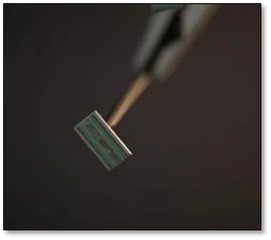 Figure 2 - 2026 FSOC Chip - Source: Taara
Figure 2 - 2026 FSOC Chip - Source: Taara In India, Aitel (532454.IN) has used Taara’s system for FWA backhaul in conjunction with microwave links in a number of areas in India where physical issues (rivers, mountains, etc.) have limited capacity as a hybrid solution, and to provide service to locations where India’s well-known bureaucracy made it difficult or impossible to get microwave licensing within a reasonable amount of time.
T-Mobile (TMUS) has used the technology to provide cell service at Coachella and the Albuquerque International Balloon Fiesta, where large crowds typically overloaded cell systems and laying fiber was definitely not cost effective. As the Taara system could be set up quickly, they were able to provide 5G service for over a million calls over the nine day festivals at 99.9% uptime. The Taara system was attached to a fiber link 2 km from the festival and paired with a T-Mobile Cell-on-Wheels station near the event and a second COW about a mile away.
There are others working on FSOC technology, but as can be seen below, most are looking at the technology from a military perspective, with few focused on backhaul as an adjunct to fiber.
- Raytheon (RTX) – has developed “NexGen Optix”, a FSOC tactical communication system for “challenging environments” to provide secure connectivity.
- Viasat (VSAT)– Viasat’s Mercury FSOC for military applications including ground-to-ground, ground to Air, Ship-to-ship, and ship-to-ground secure communication based on DOD requirements.
- Mynaric (pvt) – Laser-based communication (FSOC) between flying objects (satellites, planes, drones, etc.) to transfer data between objects and the earth.
- fSona Networks (pvt) – FSOC back haul system but no active website. Recent reverse merger
- CaiLabs (pvt) – Primarily aerospace and defense base stations and fiber lasers but also have TILBA-LOS FSOC point-to-point to be released this year.
While the more obvious cases are related to geophysical objects (rivers, offshore islands, and emergency disaster communication) short-haul links in urban areas where the cost and time to lay fiber is prohibitive, but line-of-site is available, does make sense if the technology proves to be as cost effective as Taara seems to indicate. With the ability to eliminate much of the hardware needed to maintain alignment, the cost of base stations and repeaters should continue to drop, making the FSOC viable in more instances and certainly more competitive against regulated systems (microwave, RF). While FSOC would not completely solve the need for high-speed, low-cost internet across the US, used in conjunction with fiber, it has the potential to make a dent, if the silicon proves to be as cost effective as it is promoted to be. It’s a long way from the ballon network…
Please note that we do not receive any compensation from or have any connection to the companies or technology we write about. We look for interesting products, companies, and technologies that we believe might be of interest to our readers. While we might speak with some of these companies, we receive no proprietary information, and all opinions are our own.

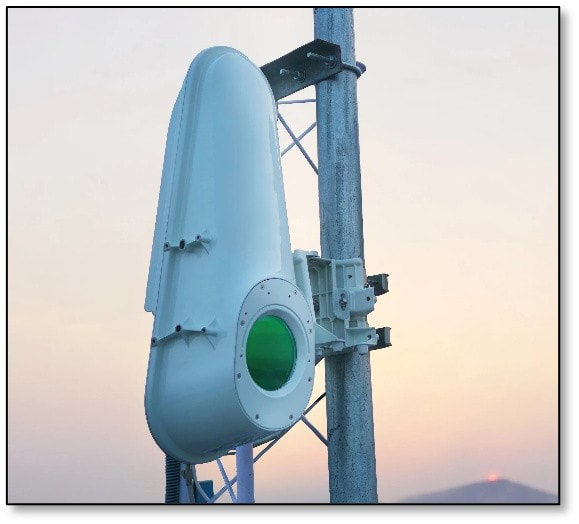
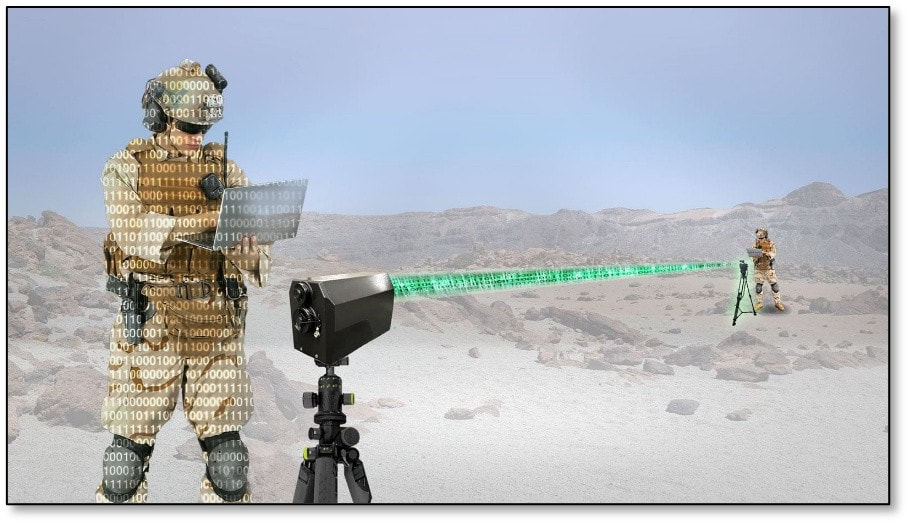
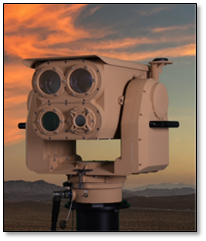
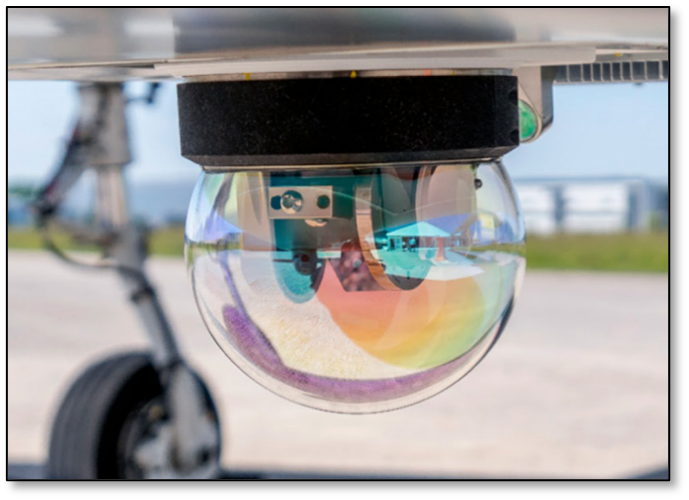
 RSS Feed
RSS Feed